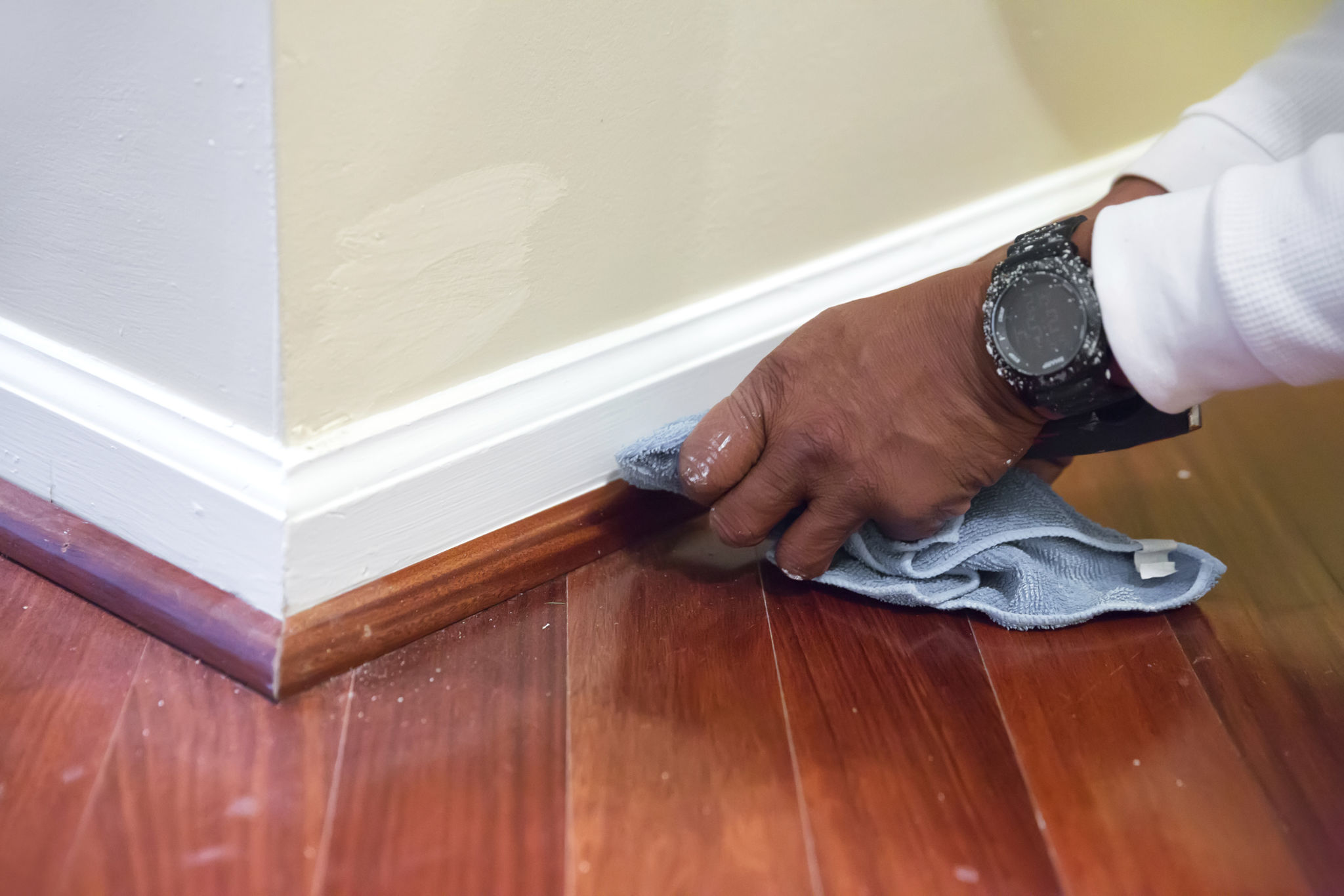Common Painting Mistakes and How to Avoid Them: Expert Advice
Understanding the Importance of Preparation
One of the most common mistakes when it comes to painting is neglecting the preparation phase. Proper preparation lays the foundation for a successful paint job. This includes cleaning the walls, repairing any damages, and applying a primer if necessary. Skipping these steps can lead to uneven textures and poor paint adhesion.
To avoid this, start by thoroughly cleaning the surface with a mild detergent and water. Repair any cracks or holes using spackle or filler, and sand the surface smooth once it’s dry. Finally, apply a high-quality primer to ensure the paint adheres well and the color looks consistent.

Choosing the Right Tools and Materials
Another frequent mistake is using the wrong tools or low-quality materials. Not all brushes, rollers, or paints are created equal, and using the wrong ones can make your paint job look amateurish. It’s important to invest in good-quality brushes and rollers appropriate for your project type.
For example, use synthetic brushes for latex paints and natural brushes for oil-based paints. Similarly, choose rollers with the correct nap length depending on the surface texture you’re painting. Always opt for high-quality paints, as they provide better coverage and durability.
Mastering the Art of Technique
Even with the best materials, poor technique can ruin your efforts. One common issue is applying too much paint at once, which can lead to drips and uneven surfaces. To avoid this, apply thin, even coats of paint, allowing each layer to dry before adding the next.
Another technique to master is using a “W” or “M” motion with your roller to ensure even distribution of paint. This helps blend any lines and prevents streaks. Always work in sections, starting from the top and working your way down to catch any drips.

Avoiding Color Mistakes
Choosing the wrong color can be a costly mistake. Colors often look different in large spaces compared to small swatches. To prevent a color catastrophe, test your chosen color by painting small sections on your wall and observing it at different times of the day under various lighting conditions.
Also, consider how colors interact with existing decor and furniture. If you’re unsure, consult with a color expert or use digital tools that allow you to visualize the color in your space before committing.
Finishing Strong with Clean-up
Proper clean-up is an often-overlooked aspect of painting that can prevent future headaches. Clean your brushes and rollers immediately after use to prolong their lifespan. Properly seal paint cans to keep them fresh for touch-ups.
Ensure any tape used for edging is removed carefully while the paint is still somewhat wet to prevent peeling. Cleaning up promptly also helps prevent accidental spills or messes from drying, which can be challenging to remove later.

Learning from Mistakes
Mistakes happen even to experienced painters. The key is learning from them to improve your skills over time. If you notice an error during your project, address it as soon as possible rather than ignoring it.
For example, if you see a drip forming, gently smooth it out with a brush before it dries. If you notice uneven coverage once a coat has dried, lightly sand the area and apply another coat for consistency.
Consulting with Experts
If you're ever in doubt, don’t hesitate to consult with professional painters or home improvement specialists. They can offer valuable insights and tips specific to your project needs.
Whether it's advice on technique, material selection, or troubleshooting issues mid-project, leveraging expert knowledge can save time and enhance the final result of your painting endeavor.